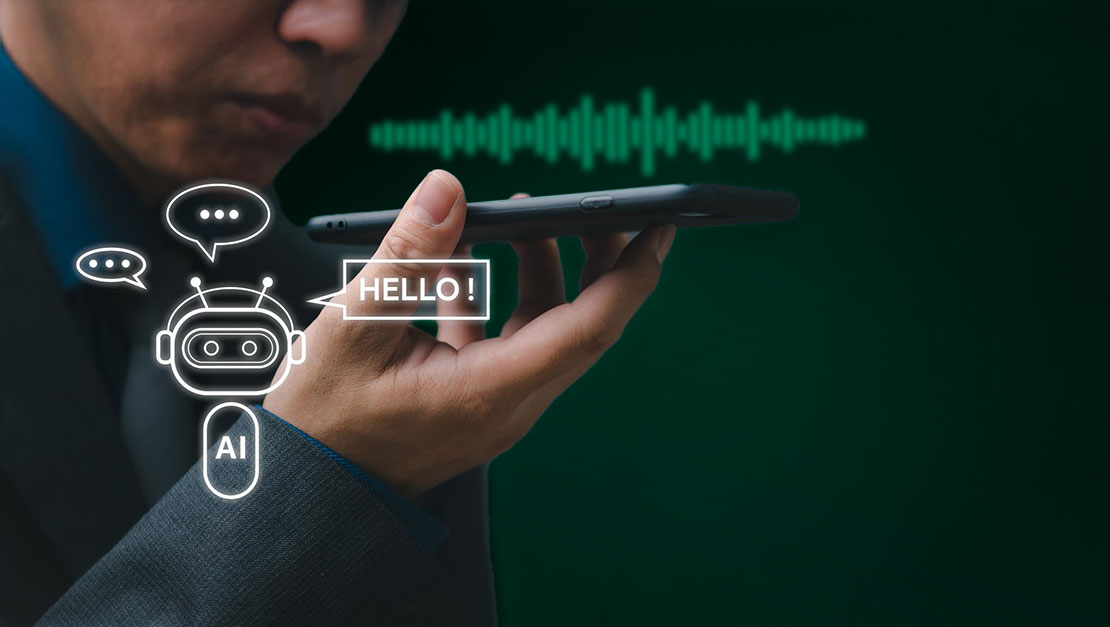If you’ve ever tried using a voice-to-text tool in a loud environment or with a highly technical conversation, you’ve probably seen how quickly the results can go off the rails. That’s because generic ASR (Automatic Speech Recognition) models—no matter how good they seem on paper—are not built for real-world enterprise complexity.
In this article, we’ll explore the biggest ASR challenges facing businesses today: domain specificity, accent diversity, acoustic chaos, and more. We’ll also show you how aiOla has designed its platform to solve these pain points, turning unstructured speech into structured, compliance-ready data in real time.
What Is a Generic ASR Model?
Generic ASR models are built to handle broad, general speech tasks. Think virtual assistants, dictation apps, or voice notes. They’re usually trained on massive but undifferentiated datasets—news broadcasts, podcasts, or public audio.
This approach is great for covering many use cases but weak when the stakes are high, the vocabulary is specialized, or the conditions are unpredictable. These systems often stumble on domain-specific jargon, non-standard accents, background noise, or overlapping speakers—all of which are common in enterprise settings like aviation, manufacturing, or field inspections.
aiOla, by contrast, built its ASR stack specifically for the enterprise environment, using patented approaches like Jargonic V2 to nail down jargon, handle noisy acoustic conditions, and process speech in over 120 languages and dialects.
What Are Common ASR Challenges?
Below we’ll unpack the automatic speech recognition challenges that hold back generic systems—and explain how aiOla solves each one:
Domain and Context Specificity
Most automatic speech recognition systems are trained on general vocabulary. This poses a major challenge for organizational usage as more than 50% of vocabulary used in businesses is industry-specific jargon. As such, general automatic speech recognition solutions don’t understand the unique terms in healthcare, aviation, logistics, or finance. As a result, “hydraulic actuator test” might become “hydronic actor chest,” creating compliance risks and confusion.
aiOla’s zero-shot jargon recognition means no custom training cycles are required. Its models understand technical, domain-specific terms out of the box, accurately capturing instructions, inspections, and safety procedures. Its patent keyword spotter surpasses benchmarks and competition, resulting it utmost accuracy of jargon understanding. This is critical for enterprises where errors cost time, money, or safety.
Accent and Dialect Issues
Accents and dialects drastically affect transcription accuracy. Even if a model supports multiple languages, it often struggles with regional speech patterns, mixed languages, or code-switching.
aiOla’s models are trained across 120+ languages and dialects and optimized for accented speech. This ensures that global teams—from engineers in Brazil to mechanics in Germany—get equally reliable voice-driven workflows.
Environmental and Acoustic Conditions
Factories, warehouses, aircraft hangars, and field sites aren’t like quiet offices. Background noise, overlapping conversations, and variable microphone quality all degrade transcription accuracy.
aiOla’s ASR is noise-trained, meaning it’s optimized for chaotic, multi-speaker environments. It performs real-time masking to protect sensitive data and handles keyword spotting even under loud conditions. This is how aviation crews or production-line operators can speak naturally without worrying about missed logs.
Training Data and Model Bias
Generic ASR models are “garbage in, garbage out.” If the training data lacks diversity, the model will miss entire classes of vocabulary or dialects. Updating these models often requires costly retraining cycles.
aiOla’s zero-training approach means the model adapts instantly without needing retraining. It’s continuously improved with domain-relevant datasets and can integrate your enterprise jargon automatically.
Real-Time Processing Constraints
Many ASR tools batch process audio. That means your teams wait minutes or hours for transcripts, delaying workflows and decisions.
aiOla processes speech in real time—capturing, structuring, analyzing, and validating spoken data as it happens. This allows for immediate task generation, compliance checks, and alerts, directly within your existing enterprise systems.
Language Model Integration
Generic systems often lack tight integration with enterprise platforms. Speech data stays siloed and requires manual handling to turn into actionable intelligence.
aiOla integrates directly with ERPs, CRMs, and safety or quality platforms. Its API lets you inject voice-driven workflows into your existing systems, turning speech into structured knowledge instantly.
Security and Compliance
Data privacy and compliance are top priorities for enterprises, especially in regulated industries like healthcare or finance. Many generic ASR tools don’t provide built-in PII masking or compliance tagging.
aiOla includes real-time masking and Named Entity Recognition (NER) to automatically anonymize sensitive data. This ensures every spoken record meets GDPR, HIPAA, or internal compliance requirements by default.
How aiOla Solves Automatic Speech Recognition Challenges
aiOla was designed from the ground up to meet enterprise needs. Its agentic voice workflows transform ASR from a passive transcription tool into an active participant in your operations. Instead of just listening, it acts—creating tasks, alerts, and structured data ready for analytics.
Here’s why enterprises choose aiOla over generic ASR:
- Zero-shot jargon recognition — No manual tuning or retraining cycles, plus a patented keyword spotter.
- Multilingual performance at scale — 120+ languages and dialects supported.
- Noise-trained, multi-speaker accuracy — Built for real-world conditions.
- Real-time capture and integration — Instant workflows, no lag.
- Enterprise-grade compliance and security — Data masking and NER included.
Real-World Enterprise Use Cases
aiOla is already transforming operations in industries where automatic speech recognition challenges are toughest. Its ability to convert unstructured spoken language into structured, actionable data—no matter the language, accent, or environment—makes it uniquely suited for high-stakes settings. Let’s take a look at these industries:
Aviation Safety
Flight crews and maintenance teams can log inspections, fuel checks, or pre-flight compliance steps entirely by voice. aiOla timestamps and structures every detail, linking it to crew IDs, aircraft numbers, and regulatory checklists. This eliminates manual reporting lag, reduces paperwork, and improves traceability—critical for regulatory compliance and safety audits.
Manufacturing Floors
Operators call out quality checks, defect codes, or maintenance requests on the production line. aiOla routes tasks to the right system in real time, so nothing gets lost in translation or delayed by manual data entry. Supervisors gain instant visibility into production status and compliance metrics.
Field Operations
Inspectors or engineers can walk a site hands-free, narrating findings as they go. aiOla automatically fills reports, flags anomalies, and generates follow-up tasks—keeping fieldwork fast, accurate, and documented.
Call Centers
Call center agents get real-time prompts and keyword detection for compliance, sentiment, or escalation triggers. Instead of post-call reviews, managers see live insights and can intervene immediately if needed.
Across these diverse settings, aiOla shows how ASR challenges—noise, jargon, and multilingual input—aren’t just mitigated but solved. It enables voice-driven workflows that integrate seamlessly with enterprise systems, turning every spoken word into a competitive advantage.
Closing Thoughts on ASR Challenges
Generic ASR models promise broad coverage but rarely deliver in high-stakes, jargon-rich, or noisy environments. The automatic speech recognition challenges we’ve outlined—domain specificity, accents, training data, real-time constraints—aren’t minor glitches; they’re structural limits. aiOla has engineered its platform to overcome them, turning every spoken word into structured, secure, actionable data.
If your enterprise is ready to move beyond generic transcription and start using voice-driven workflows, it’s time to see aiOla in action. Book a demo to discover how aiOla can transform your speech data into your next competitive advantage.













